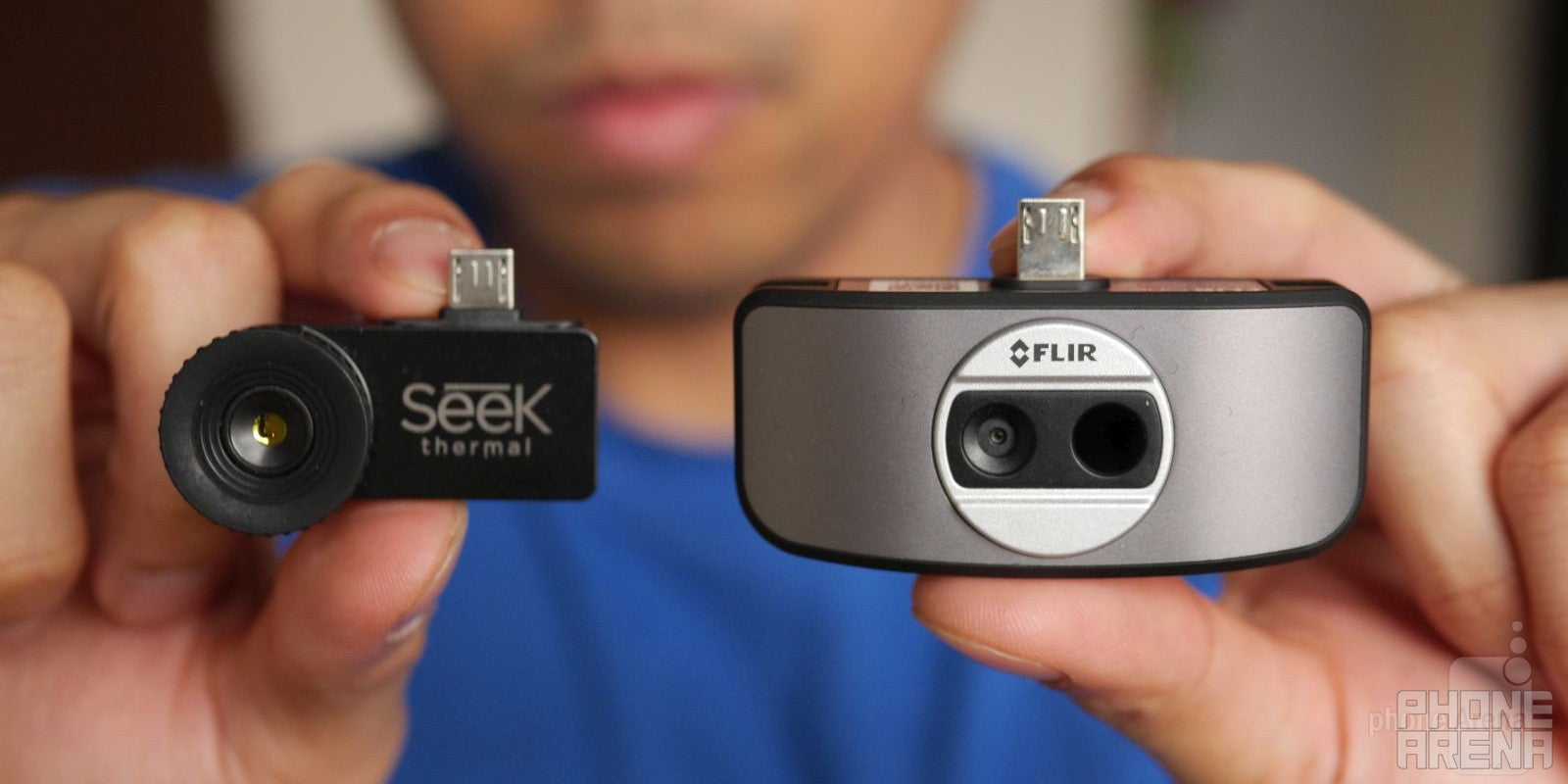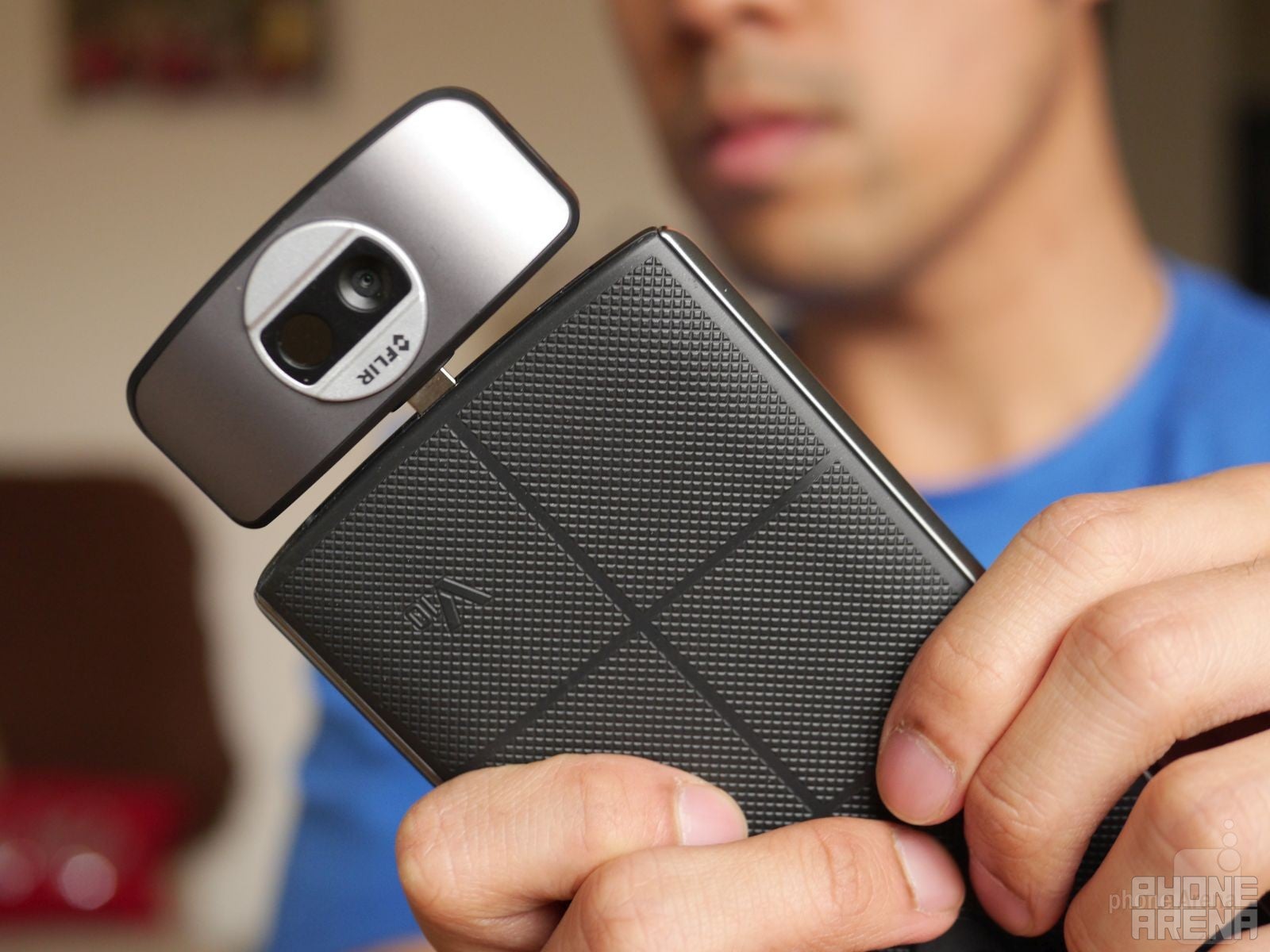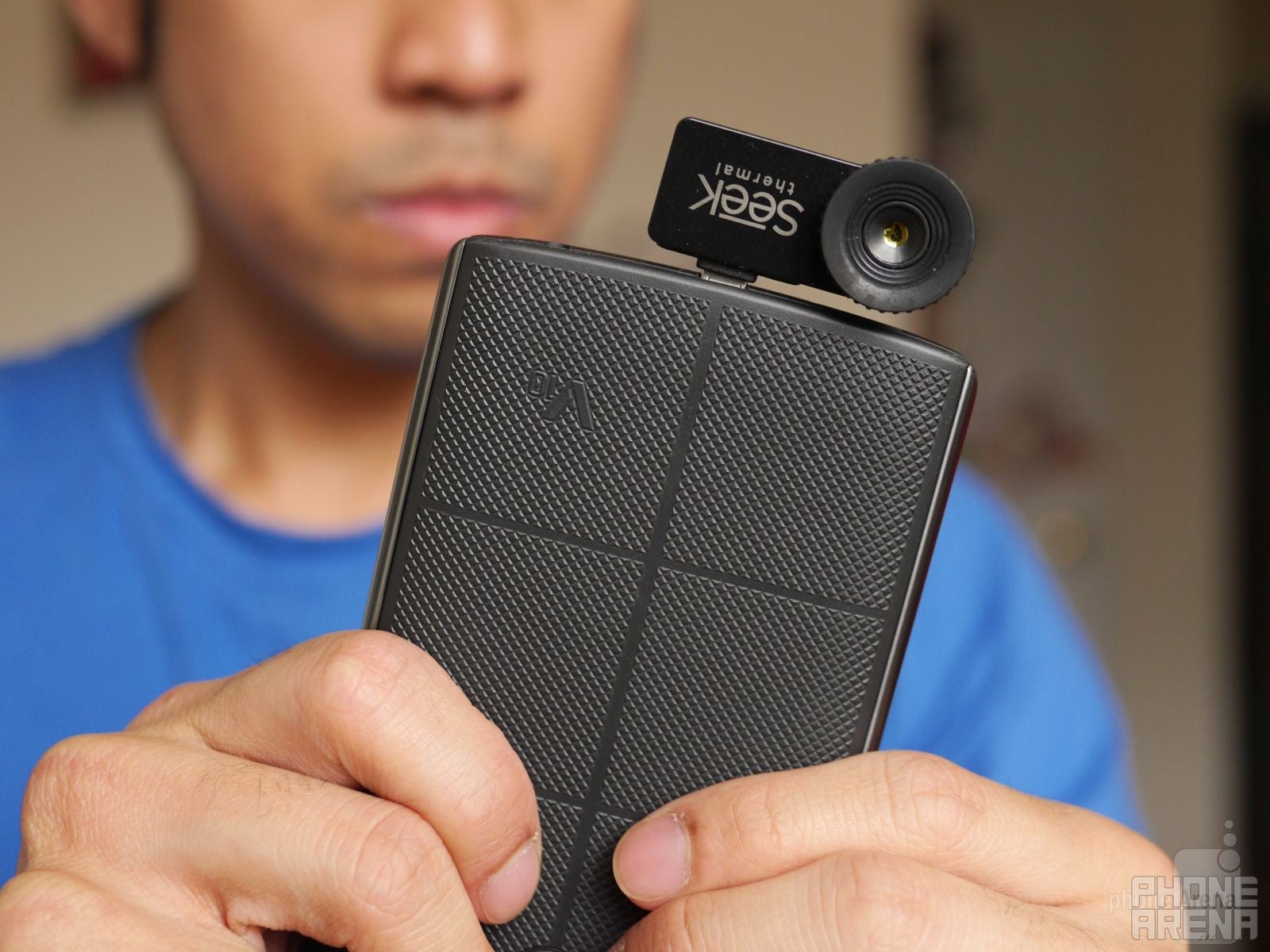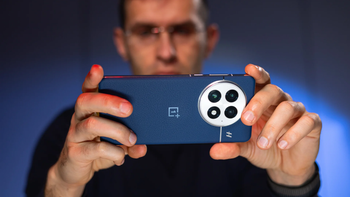Battle of the thermal imaging cameras: FLIR ONE vs Seek Thermal Compact

It’s dark, you’re out in the woods somewhere, and most of all, you’re scared about what’s lurking behind those bushes. So, what do you do? Well, if you can somehow sum up the courage to go, you can inspect it and use your phone’s LED light to try and illuminate things. That’s a practical thing to do, obviously, but not entirely safe either. Instead, you can use these new thermal imaging camera attachments to see through the darkness – getting a better look at what you’re possibly up against.
Anyways, we’ve been using the two for a bit now and have a good feel for what they bring to the table. Interestingly enough, too, they’re priced identically at $249.99, so that begs even more of the question as to which of the two is the superior one. Let’s quickly go through what we like and dislike about the two.
FLIR ONE
Between the two, the FLIR ONE seems to be a slight step ahead of its rival, mainly due to its dual-camera configuration. One of them of course is reserved for its thermal imaging capture, while the other, in combination with FLIR’s MSX Technology, allows the final image to blend in the appropriate thermal ranges – dishing up incredible fine details in the process.
Pros

Significantly faster in how it analyzes heat signatures
Sturdier looking design
More shooting modes
Cons
Runs on its own battery, requires charging
Bulkier in size
Seek Thermal Compact
The Seek Thermal Compact is the other rival in this quick comparison, and just like the FLIR ONE, it gets the job done with its thermal image analyzing. For starters, it’s something that doesn’t need to be charged, since it gets its power through our phone’s microUSB port. Secondly, the design, as its name implies, is more compact than the FLIR ONE, but then again, there’s only a single camera on board here.
Our biggest grips about the Seek Thermal Compact is that it’s slower with its analyzing, less defined with its capture, and there aren’t as many shooting modes either. While it definitely analyzes the heat signature of a scene, it produces blotchy looking compositions that lack finer details in subjects. There’s also the constant clicking sound it produces, something that’s done whenever there’s a tremendous shift in heat signatures in a scene – sort of readjusting or re-calibrating itself.
Pros

No recharging required
Comes with a waterproof case
Cons
Poor details capture with images/subjects
Blotchy looking shots
Slower with its thermal analyzing
Not as many shooting modes

Follow us on Google News











Things that are NOT allowed:
To help keep our community safe and free from spam, we apply temporary limits to newly created accounts: